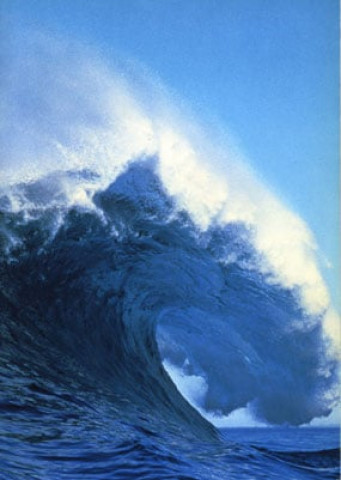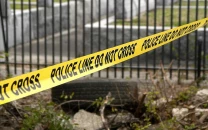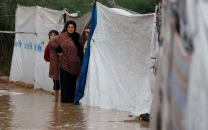Japan warns residents as small tsunami waves hit coast
Kuji city official says we have not received any reports of damage to buildings or injuries in connection with tsunami

STOCK IMAGE
Japan's Meteorological Agency said it was safe to return to the water at 04:40 pm (0740 GMT).
The agency had warned of waves up to one metre (3.3 feet) high after a huge earthquake that killed at least 11 people hit Chile and ravaged long stretches of the coast on Wednesday.
A tsunami surge of 80 centimetres (32 inches) was recorded off the northeast coastal city of Kuji earlier in the day, but still more than 24 hours after the 8.3-magnitude tremor.
The Chilean quake was the sixth most powerful in the history of the geologically volatile country and the strongest anywhere in the world this year, officials said.
Meteorological agency official Yohei Hasegawa warned in a hastily arranged press conference in the morning that residents should "stay away from working in the water or playing in the sea".
"At this level of tsunami we don't have to worry that the land will be inundated, but underwater currents could be very strong and you may be washed away," he said.
Public address systems all along the coast had broadcast warnings, while emergency vehicles patrolled with their sirens blaring, telling people to keep away from the shore.
"We have not received any reports of damage to buildings or injuries in connection with the tsunami," said Daiki Numabukuro, a Kuji city official.
"But we keep calling on our residents to stay away from the coast for now," he told AFP.
Local television showed no visible damage to Japanese coastal regions from the waves.
Large areas of Japan's coastline — including Kuji — covered by the agency's advisory were wiped out by the 2011 quake and tsunami, which triggered a nuclear accident in Fukushima.
The 9.0 undersea quake set off a massive tsunami that swamped cooling systems at the Fukushima Daiichi power plant, sparking the worst atomic accident in a generation.



















COMMENTS
Comments are moderated and generally will be posted if they are on-topic and not abusive.
For more information, please see our Comments FAQ